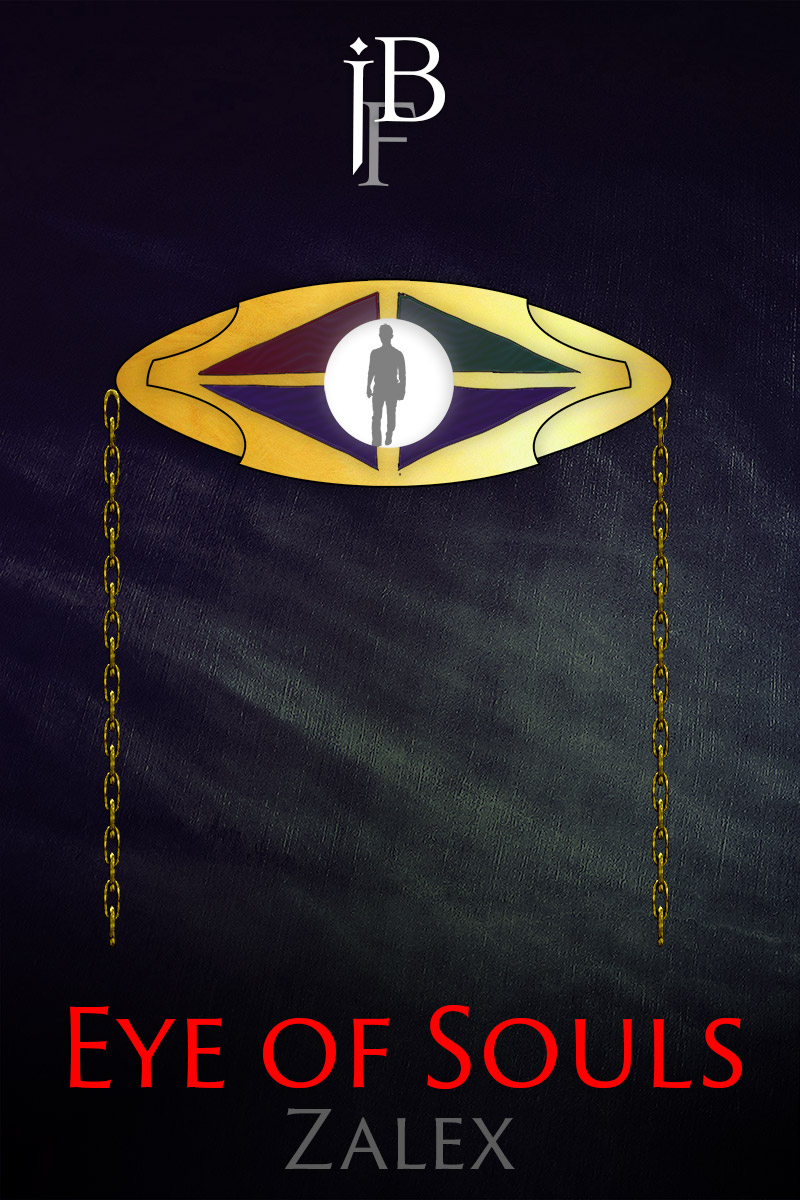.
The Western Baris Common Calendar, used everywhere east of the Great Wall and also in most mortally-inhabited portions of the Eastern and Southern continents, is a solar-lunar calendar, which tracks to both the Solar Days (solstices and equinoxes) and the Lunar Days (Quarters of the Greater Moon).
Solar Days are important to Ostish religious beliefs and Lunar Days are important to Dorian religious beliefs. Thus, during a period when the two ancient empires were at peace for an extended time, they agreed, in order to facilitate commerce and scheduled shipping, to use a common calendar which equally tracked both, the calendar of the Benemite faith. It was conveniently controlled by neither empire, being centered in a distant stronghold city-state, Ancient Dausindiur.
Each empire set its own terminology for names of days and months, but agreed to make them track exactly to the Benemite version of the calendar. Thus, Ostish, Dorian and Benemite calendars are identical, just with naming differences. (For example, the Ostish Restday, the religious worship day for Atians and Northern Orestanians is called on the Benemite calendar “Seventhday”, because the Lunar Day, the first day of the week, is the Benemite day of worship.)
# # #
The year begins on the Winter Solstice. It is generally celebrated as New Years Day, in fashions similar to various cultures on Earth. Ostish cultures tend to resemble Western celebrations, with some resemblance to Japanese traditions for Solar New Year. Dorian cultures tend to celebrate in a fashion similar to Chinese celebrations for Lunar New Year, down to and including Golden Dragon Parades featuring massive firecracker deployments to drive away evil spirits, although the dragon in the Dorian version represents one of the Great World Spirits of Dorian beliefs, rather than a dragon, since, on Huade, dragons are Western-type dragons of demonic origin. The World Spirits of Dorian belief resemble the Asian dragons to some extent, though.
Months are 28, or sometimes 29, days long, beginning on the New Moon.
The Moon in question is always the Greater Moon. The Lesser Moon’s phases can be slightly out of sync, depending on orbital conditions. If someone is being truly a*** retentive, or if they are using the term in an official legal document, they will say, “Day of the Full Greater Moon”, the official term, rather than “Day of the Full Moon”.
Because the phases of the Greater Moon are not in sync with the Winter Solstice, the month in which the solstice occurs is divided into two half-months. They are not actual halves, but rather whatever fractions fall before and after the solstice. Because the solstice gradually gets out of sync, when the new moon falls on the winter solstice, the last month of the closing year and first month of the new year are Full Months instead, and the cycle repeats.
It is sometimes necessary (infrequently) to trim the full Month of Turning by a day, to 27 days, to force the subsequent Winter Solstices to fall correctly. This is very rare, similar to the century and four century adjustments to the international Earth calendar’s leap years.
The greater moon or Blue Moon is actually the primary. It takes 28.3 for the Blue Moon to complete one cycle of New Moon to New Moon. The apparent orbit of the lesser moon (actually a fellow satellite) from Huade’s perspective is almost exactly seven days, which probably inspired the Huadean seven day week.
Every three or four months, the month is 29 days long instead of 28. In the months that receive an extra day, the first day of the month is called the ‘Day of the Full Moons’ and the second day is called ‘Firstday’ (as the first day of the week, not the month). It is treated as an extra day of rest in most places.
Benemite Priest-Astronomers in Dausindiu (Now the capital city of Arelia, in the Dragonsbacks, outside Orestania) determine whether the A and B months sum to 28 or 29, to keep the months in sync with the solstices. (A 29 month sum being the equivalent of the Leap Day on Earth’s common international calendar.)
# # #
Ostish Names for the months of the year:
A – Half-Month of Beginning (See notes for length. Some years, is called Month of Beginning)
1 – Month of Deep Snows (28)
2 – Month of Last Snows (28)
3 – Month of Greening (29)
4 – Month of Early Flowers (28)
5 – Month of Gentle Rains (28)
6 – Month of Full Blooming (29)
7 – Month of Summer Storms (28)
8 – Month of Ripening Vines (28)
9 – Month of First Harvest (29)
(Tiana’s birthday is in the Month of First Harvest. I haven’t picked the exact date yet.)
10 – Month of Main Harvest (28)
11 – Month of Storing (28)
B – Half Month Of Turning (See notes for length. Some years, is called Month of Turning)
# # #
Days of the week:
Month ALWAYS begins on the Lunar Day, except the Half Month Of Beginning, which simply falls on whatever day of the week the Winter Solstice falls on. (Naturally, in years that it is a full Month of Beginning, it works the same as the other months.)
The month is always four weeks long (with the first week occasionally being eight days long), and is marked by the quarters of the Greater Moon (The New Moon, First Quarter, Full Moon and Third Quarter.)
The first day of the month will always be called ‘Day of the New Moon’ (or ‘Night of the New Moon’) instead of Firstday, and the first day of the third week (the 15th day of the month) will be called ‘Day of the Full Moon’ (or ‘Night of the Full Moon’).
# # #
Ostish Names for the days of the week:
Firstday
Secondday
Thirdday
Fourthday
Fifthday
Sixthday
Restday








